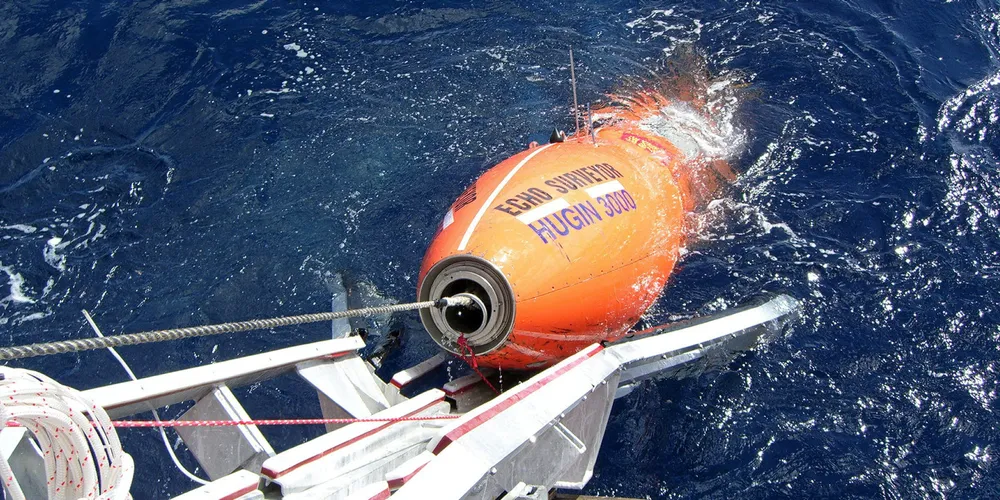Oil giants Equinor, Aker BP recruited to solve mystery of high toxin levels in fish
Norway's environmental agency wants help tracking the source of high levels of PCBs and mercury in one fishing area.

Norway's environmental agency wants help tracking the source of high levels of PCBs and mercury in one fishing area.
